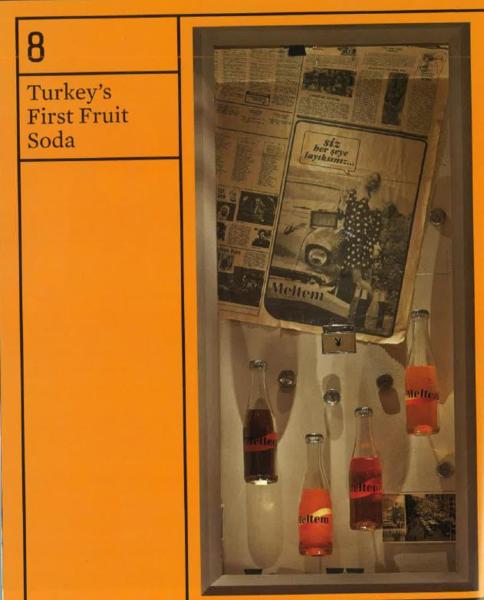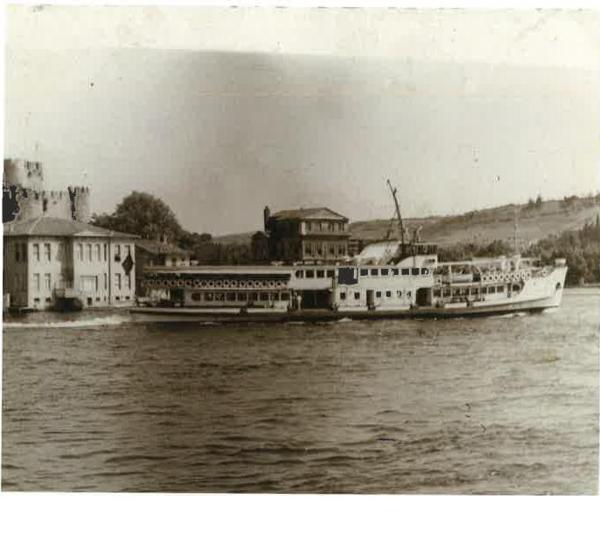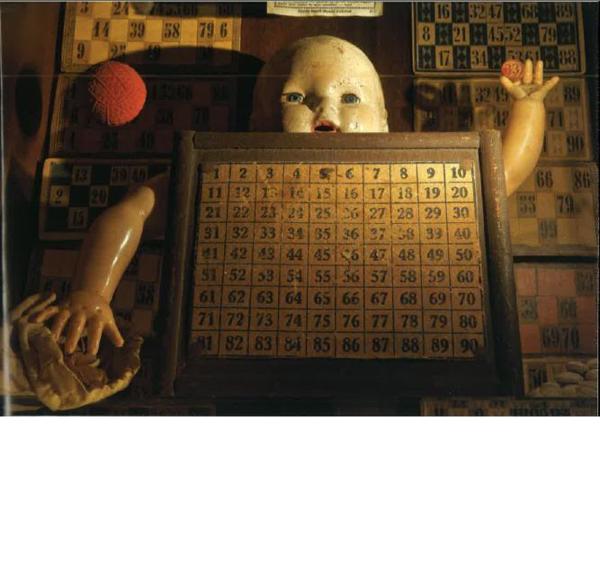淺介帕慕克的 The Innocence of Objects
如果回顧自己去年的閱讀清單,奧罕‧帕慕克應該是這一年來最大的驚喜,包含目前他已經出版的所有中譯本小說、散文隨筆以及演講稿《天真的和感傷的小說家》,然則讀完這些作品之後的失落感卻油然而生…
所幸,我還留了一本《純真博物館》的姊妹作 The Innocence of Objects,一直到今年年初才開始享用。
http://www.books.com.tw/products/F012714345
The Innocence of Objects
作者: Pamuk, Orhan
出版社:Abrams & Chronicle Books Ltd
出版日期:2012/10/01
語言:英文
本書不是小說,而是帕慕克在伊斯坦堡搭建「純真博物館」的真實歷程、及館藏圖文記錄。帕慕克在這些勾起他鄉愁的舊照片旁,寫下他對老時光的懷念。
The culmination of decades of omnivorous collecting, Orhan Pamuk’s Museum of Innocence in Istanbul uses his novel of lost love, The Museum of Innocence, as a departure point to explore the city of his youth. In The Innocence of Objects, Pamuk’s catalog of this remarkable museum, he writes about things that matter deeply to him: the psychology of the collector, the proper role of the museum, the photography of old Istanbul (illustrated with Pamuk’s superb collection of haunting photographs and movie stills), and of course the customs and traditions of his beloved city. The book’s imagery is equally evocative, ranging from the ephemera of everyday life to the superb photographs of Turkish photographer Ara Guler. Combining compelling art and writing, The Innocence of Objects is an original work of art and literature.
「純真博物館」(Museum of Innocence) 是一本「小說」,也是一座真實的「博物館」,以至於 The Innocence of Objects 這本書也就應運而出,這三位一體的關係彼此緊密結合並共同成就了一種文學創作的新境界。然而,若要以一本「博物館目錄」或「簡介」視之並單獨進行評價,我相信它一樣是無懈可擊。
誠如帕慕克所言:
And yet just as the novel is entirely comprehensible without a visit to the museum, so is the museum a place that can be visited and experienced on its own. The museum is not an illustration of the novel, and the novel is not an explanation of the museum. (p.18)
「純真博物館」構想的起源甚早,最初是「百科全書式」的小說 (encyclopedic novel),遠在 1980 年代帕慕克寫作《黑色之書》之際,他有許多朋友在退役之後的工作跟百科全書相關,曾經開玩笑的建議他可以用百科全書條列般的格式進行創作。
這個想法也就深植在帕慕克的腦海,他一方面構思寫作的計畫,一方面也搜集各種物品,可以這麼說,從一開始,「小說」和「博物館」的構想就已經在同一時間誕生了。
讓我們回到這本書,更專注地談談「純真博物館」吧!
「純真博物館」追求的不只是小而美,它甚至想要反擊「博物館」巨大身影的傳統概念,帕慕克在這個議題上其實用意頗深,他甚至提出了一份宣言”A MODEST MANIFESTO FOR MUSEUMS”:
1 Large national museums such as the Louvre and the Hermitage took shape and turned into essential tourist destinations alongside the opening of royal and imperial palaces to the public. These institutions, now national symbols, present the story of the nation-history, in a word-as being far more important than the stories of individuals. This is unfortunate because the stories of individuals are much better suited to displaying the depths of our humanity.
2 We can see that the transitions from palaces to national museums and from epics to novels are parallel processes. Epics are like palaces and speak of the heroic exploits of the old kings who lived in them. National museums, then, should be like novels; but they are not.
3 We don’t need more museums that try to construct the historical narratives of a society, community, team, nation, state, tribe, company, or species. We all know that the ordinary, everyday stories of individuals are richer, more humane, and much more joyful.
4 Demonstrating the wealth of Chinese, Indian, Mexican, Iranian, or Turkish history and culture is not an issue-it must be done, of course, but it is not difficult to do. The real challenge is to use museums to tell, with the same brilliance, depth, and power, the stories of the individual human beings living in these countries.
5 The measure of a museum’s success should not be its ability to represent a state, a nation or company, or a particular history. It should be its capacity to reveal the humanity of individuals.
6 It is imperative that museums become smaller, more individualistic, and cheaper. This is the only way that they will ever tell stories on a human scale. Big museums with their wide doors call upon us to forget our humanity and embrace the state and its human masses. This is why millions outside the Western world are afraid of going to museums.
7 The aim of present and future museums must not be to represent the state, but to re-create the world of single human beings-the same human beings who have labored under ruthless oppression for hundreds of years.
8 The resources that are channeled into monumental, symbolic museums should be diverted to smaller museums that tell the stories of individuals. These resources should also be used to encourage and support people in turning their own small homes and stories into “exhibition” spaces.
9 If objects are not uprooted from their environs and their streets, but are situated with care and ingenuity in their natural homes, they will already portray their own stories.
10 Monumental buildings that dominate neighborhoods and entire cities do not bring out our humanity; on the contrary, they quash it. Instead, we need modest museums that honor the neighborhoods and streets and the homes and shops nearby, and turn them into elements of their exhibitions.
11 The future of museums is inside our own homes.
一言以蔽之,帕慕克提供了以下一張簡表
The picture is, in fact, very simple:
|
WE HAD
|
WE NEED
|
|
EPICS
REPRESENTATION
MONUMENTS
HISTORIES
NATIONS
GROUPS AND TEAMS
LARGE AND EXPENSIVE
|
NOVELS
EXPRESSION
HOMES
STORIES
PERSONS
INDIVIDUALS
SMALL AND CHEAP
|
帕慕克在這本書裡頭談到了許多土耳其的文化、歷史、社會變遷…,甚至包含他個人及家族的相關回憶,許多章節裡頭的物件都相當有趣,像是土耳其的第一瓶果汁蘇打 (fruit soda) 同時還附有一張廣告剪報:

在 1980 年代初期,沒想到收藏家對於有「船」當作背景的舊風景照片評價較高:

另外,是否曾經看過填滿1到90的數字像個棋盤似的土耳其式賓果 (tombala) 的木板呢?

原來,從帕慕克的《伊斯坦布爾︰一座城市的記憶》,我就已經開始構想「土耳其」的輪廓;而從帕慕克的 The Innocence of Objects,我則是逐一填上「土耳其」的色彩!
【延伸閱讀】
http://en.wikipedia.org/wiki/The_Museum_of_Innocence_(museum)
The Museum of Innocence (museum)
http://www.masumiyetmuzesi.org/


 字體:小 中 大
字體:小 中 大










